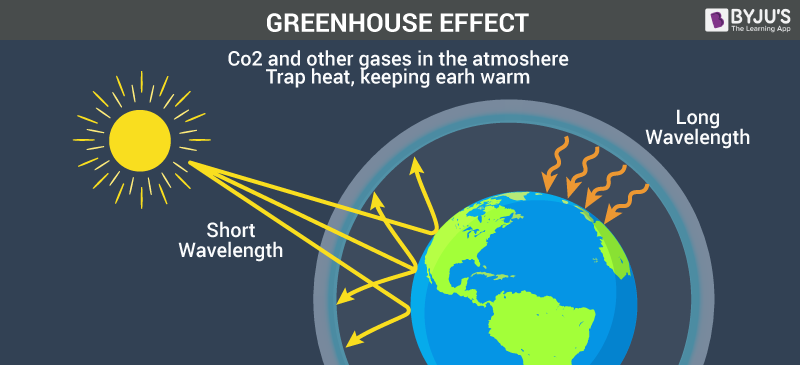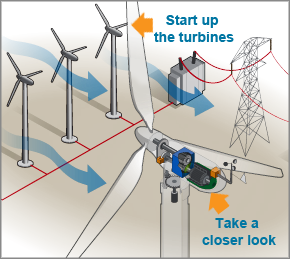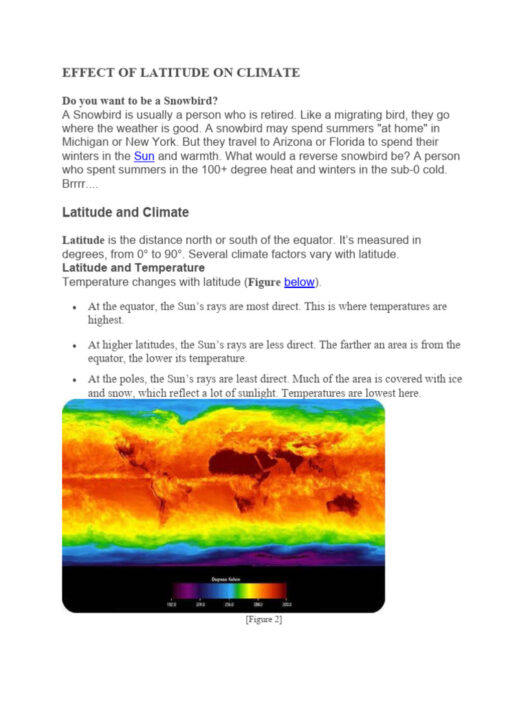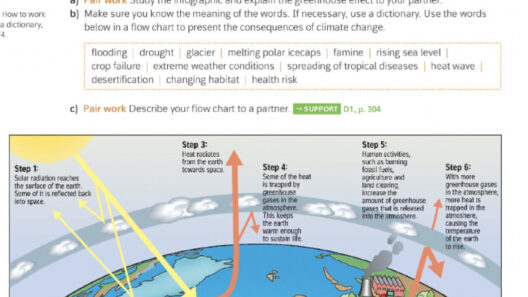The greenhouse effect is a natural phenomenon that allows Earth to maintain a temperature conducive to life. However, human activities have significantly intensified this effect, primarily through the emission of various greenhouse gases (GHGs). Understanding which gases contribute to the greenhouse effect is crucial for grasping the implications of climate change and devising effective mitigation strategies. This article explores the key greenhouse gases, with a focus on their sources, impacts, and the science underlying their roles in climate change.
Greenhouse gases are characterized by their ability to absorb infrared radiation, trapping heat in the atmosphere. The most prevalent GHGs include carbon dioxide, methane, nitrous oxide, and fluorinated gases. Each of these gases possesses unique properties that contribute differently to the greenhouse effect.
The most prevalent greenhouse gas is carbon dioxide (CO2), which plays a pivotal role in climate change. CO2 is released primarily through the burning of fossil fuels such as coal, oil, and natural gas for energy and transportation. Deforestation also contributes to elevated CO2 levels, as trees absorb CO2 during photosynthesis. The cumulative emissions of carbon dioxide have increased significantly since the Industrial Revolution, leading to a corresponding rise in global temperatures. Its longevity in the atmosphere—ranging from a few years to thousands—exacerbates the urgency of addressing carbon emissions.
Methane (CH4), while less abundant than carbon dioxide, is far more effective at trapping heat in the atmosphere. Methane is produced through both natural processes and human activities. Naturally, it can be emitted from wetlands and during the digestion of organic matter by ruminant animals. Human activities, however, have significantly amplified methane emissions—primarily through agriculture, particularly livestock farming, landfills, and the extraction of oil and natural gas. Methane has a global warming potential over 25 times greater than that of carbon dioxide over a 100-year period, making it a potent contributor to the greenhouse effect.
Nitrous oxide (N2O) is another critical greenhouse gas, with a warming potential of approximately 298 times that of carbon dioxide over a century. It is mainly released from agricultural activities, such as the application of synthetic fertilizers, as well as from fossil fuel combustion and industrial processes. Nitrous oxide emissions are particularly concerning because they can remain in the atmosphere for an extended period, contributing to both global warming and ozone layer depletion.
Fluorinated gases are a unique category of greenhouse gases that includes a variety of synthetic compounds used in industrial applications. Although they are present in much smaller quantities, their global warming potential can be thousands of times greater than carbon dioxide. Hydrofluorocarbons (HFCs), perfluorocarbons (PFCs), and sulfur hexafluoride (SF6) are commonly used as refrigerants, solvents, and insulating materials. Due to their long atmospheric lifetimes and high potency, management and reduction of fluorinated gases are essential components of comprehensive climate change policies.
Each of these greenhouse gases operates through distinct mechanisms, resulting in varied impacts on the climate. The interconnectedness of their sources and effects necessitates an integrated approach to climate change mitigation. Policymakers must consider collective GHGs rather than addressing them in isolation to employ a more effective strategy for reducing global temperatures.
The greenhouse effect is not merely a theoretical concept but a pressing reality. Rising temperatures facilitated by increased concentrations of greenhouse gases lead to the melting of polar ice caps, rising sea levels, and more extreme weather patterns. These alterations threaten biodiversity, agricultural practices, and human health, emphasizing the urgent need for action.
Efforts to mitigate greenhouse gas emissions have gained momentum globally, with international agreements like the Paris Agreement aiming to unite countries in the fight against climate change. Transitioning to renewable energy, improving energy efficiency, and enhancing carbon capture and storage technologies are pivotal strategies. Moreover, addressing methane emissions through better agricultural practices, waste management improvements, and reducing fossil fuel extraction waste can drastically mitigate their impacts. Furthermore, a concerted effort to reduce the use of high-potency fluorinated gases is essential for achieving meaningful reductions in overall greenhouse gas emissions.
Education and public awareness play vital roles in greenhouse gas mitigation. Individuals can contribute by adopting energy-efficient practices, embracing sustainable transportation options, and supporting policies focused on environmental conservation. Collective action can significantly influence the trajectory of climate change and drive governments and industries towards responsible practices.
In conclusion, understanding the gases that contribute to the greenhouse effect is fundamental to tackling climate change. Carbon dioxide, methane, nitrous oxide, and fluorinated gases each present unique challenges but also opportunities for mitigation. By recognizing our role in the emissions landscape, it becomes increasingly clear that collective and concerted action can lead to meaningful progress in the battle against climate change. We have the knowledge and tools necessary to make a difference; now it is a matter of implementation.








